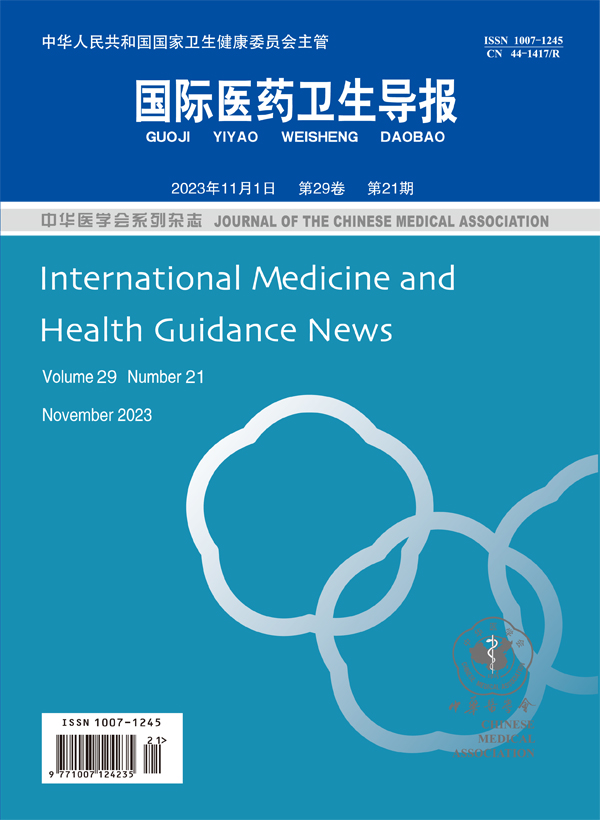Clinical and radiographic features analysis on Caroli's disease
引用次数: 0
Abstract
Objective To analyze the clinical and radiographic features of Caroli's disease,and to explore the value of CT and MRI in the diagnosis of Caroli's disease,in order to improve diagnostic level of this disease.Methods ① We retrospectively analyzed the clinical data of 11 cases of Caroli's disease patients,which were pathologically confirmed as Caroli's disease,from January 2009 to January 2014 in the First Affiliated Hospital of Bengbu Medical College and the Second Affiliated Hospital of Anhui Medical University.② According to 357 cases reported in the literature we analyzed the clinical and radiological features.Results ① In 11 cases,the male vs female ratio was 1∶1.2,the average age of diagnosis was 46.6 years old,4 of 11 cases were type Ⅰ,the other 7 cases were type Ⅱ; the main clinical manifestations were repeated right upper quadrant pain or discomfort,fever,jaundice,portal hypertension.Overall,4 cases were combined with bile duct stones,2 cases combined with renal cyst,3 cases showed "Sac tail sign",3 cases showed "central dot sign",6 cases had "hanging sign".② Combined with the reported 368 cases of Caroli's disease patients,the male vs female ratio was 1:1.01,the average age of diagnosis was 34.7 years old,48.4% with type Ⅰ,51.6% with type Ⅱ; 49.1% combined with bile duct stones,18.1% with renal cystic disease; the occurrence rate of "Sac tail sign","central dot sign" and "hanging sign" were 44.3%,43.8% and 86.2% respectively.Conclusion Caroli's disease has no significant gender differences,type Ⅱ more slightly than type Ⅰ,the most common complication was duct stones,and the "Sac tail sign","central dot sign" and "hanging sign" are the significant radiographic features of Caroli's disease.These clinical and radiological features can improve the diagnosis of Caroli's disease. Key words: Caroli's disease; Imaging diagnosis卡罗里病的临床及影像学特征分析
目的分析Caroli病的临床和影像学特征,探讨CT和MRI对Caroli病的诊断价值,以提高该病的诊断水平。方法①回顾性分析2009年1月至2014年1月蚌埠医学院第一附属医院和安徽医科大学第二附属医院经病理证实为卡罗里氏病的11例患者的临床资料。②根据文献报道的357例病例,分析其临床和影像学特征。结果①11例患者男女比例为1∶1.2,平均诊断年龄46.6岁,其中4例为Ⅰ型,7例为Ⅱ型;主要临床表现为反复出现右上腹部疼痛或不适、发热、黄疸、门静脉高压症。合并胆管结石4例,合并肾囊肿2例,“囊尾征”3例,“中心点征”3例,“悬挂征”6例。②结合报告的368例卡罗莱氏病患者,男女比例为1:1.01,平均诊断年龄为34.7岁,Ⅰ型48.4%,Ⅱ型51.6%;49.1%合并胆管结石,18.1%合并肾囊性疾病;“Sac尾标志”、“中心点标志”和“悬挂标志”的发生率分别为44.3%、43.8%和86.2%。结论Caroli病无明显性别差异,Ⅱ型略多于Ⅰ型,最常见的并发症为胆管结石,“囊尾征”、“中心点征”和“悬挂征”是Caroli病的重要影像学特征。这些临床和放射学特征可以提高卡罗里氏病的诊断。关键词:卡罗莱氏病;影像诊断
本文章由计算机程序翻译,如有差异,请以英文原文为准。
求助全文
约1分钟内获得全文
求助全文

 求助内容:
求助内容: 应助结果提醒方式:
应助结果提醒方式:


